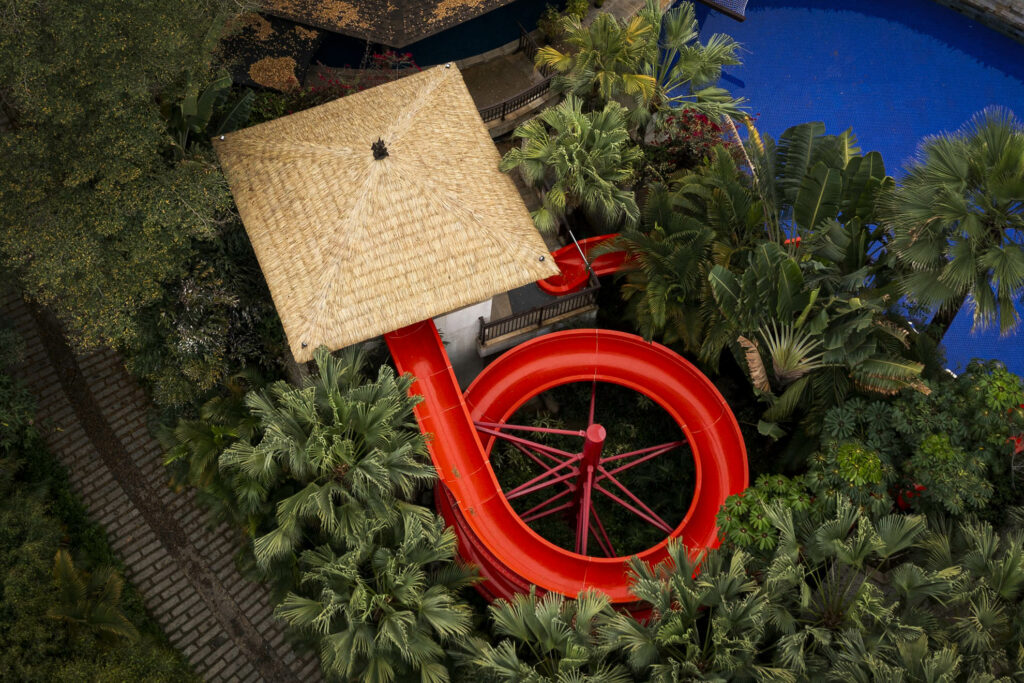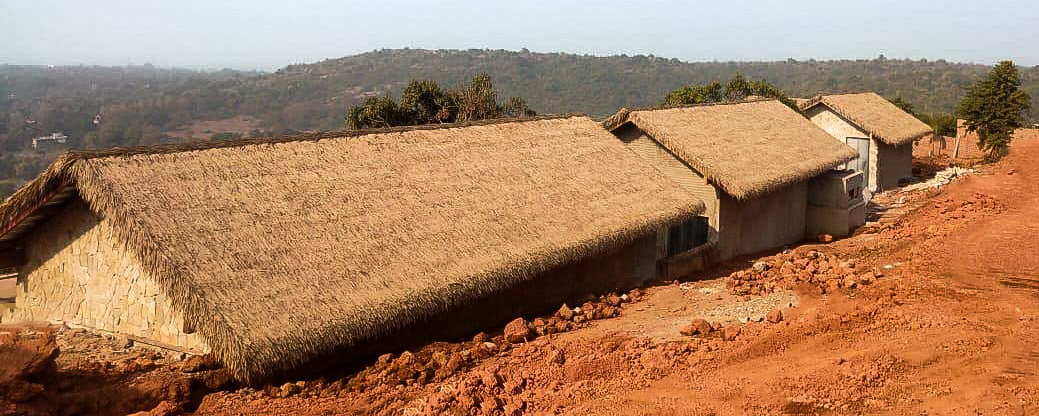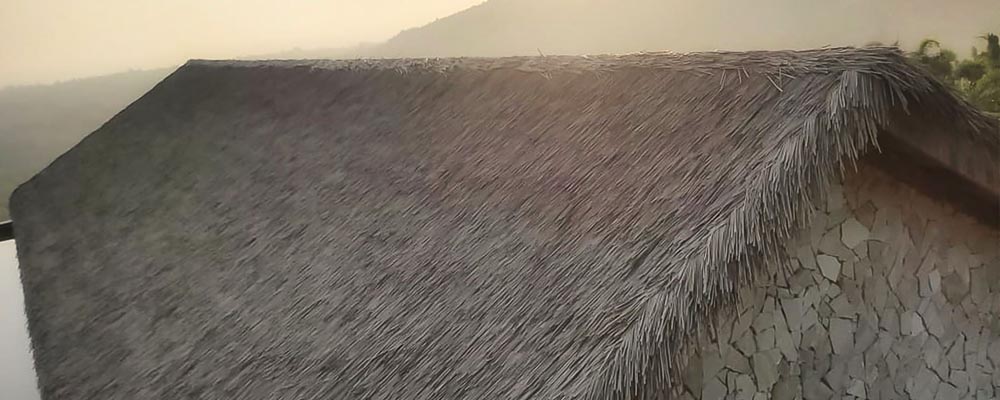Are you trying to decide on a tropical thatch for adding a South Pacific island’s touch? Both artificial and natural thatch choices have their advantages. If you’ve only installed natural material before, consider some of the ways artificial thatch stands out as a long-term investment alternative. Discover how you can thatch roofing material to make your property or resort look even more beautiful.
Types of Thatch
If you want a Fiji island look and feel in your backyard or hotels, the fluffy leaf appearance of synthetic thatches will fulfill your needs. When it comes to these types of French Polynesia thatch roofing, you have multiple options for each. First, you must decide whether synthetic Fiji thatching materials vs. natural nipa thatch will work better for your project. Then, learn more about artificial or natural alternatives below to make your final choice.
- Natural Thatch
With natural thatch, different regions have different thatching styles.
For example, Mexican palm, South Pacific island palm and African Cape Reed thatch. These fake staw roofing materials provide you with different tropical pacific island looks and feel. To build these roof coverings, thatch shingle producers dry out natural materials, such as reed grass or palm leaves, and form them together into panels. Since they come from nature, slight color variations typically happen.
- African Cape Reed thatch: The most durable of the typical natural thatch choices, this option made from grass can last up to 8 years in good weather conditions.
- Mexican palm: Mexican palm thatch comes from dried tropical palm leaves that make excellent roofs for Palapas.
- Tahitian palm: When you maintain it in an ideal climate and enough maintenance for French Polynesia palm thatch, also known as bora bora thatch, it can survive to 5 years.
- Artificial Thatch
Compared to natural straw made from drying out leaves, synthetic straw roofing comes from specially reinforced plastics. The use of synthetic thatch doesn’t detract from the appearance of the roof covering but instead helps extend the thatch roof’s lifespan.
Thatch roofing made from high-density polyethylene, HDPE, is a long-lasting alternative to natural thatch. This synthetic material is so durable that ONETHATCH PALM and ONETHATCH REED come with a limited 20-year manufacturer’s warranty. We also offer recyclable plastic Baja palm thatch and mexican raincape that looks like natural Mexican Tahiti thatch but lasts longer.
Pros and Cons of Artificial Thatch
Understanding artificial roofing options only serves as an introduction to determining if this choice will be best for your residence or business.
- Material
So, what is synthetic thatch roofing crafted from? Plastic or artificial thatch is a material made from a reinforced high-density polyethylene, HDPE. While it is a plastic material, it is 100% recyclable and has zero maintenance requirements. This HDPE thatch is an excellent alternative to natural thatch for those who want an authentic tropical thatch roof or umbrella but do not have the time for, or would prefer not to worry about ongoing maintenance.
Yes, artificial thatch is a plastic alternative, but it does not look fake. At a distance, no one can tell the difference between synthetic and natural thatch products. Moreover, the construction of the faux thatch roof covering contributes to its other benefits, such as durability, fire resistance, low maintenance, and environmental friendliness.
- Durability
Compared to natural versions, a 20-year lifespan is one of the outstanding benefits of artificial thatch. Even compared to African Reed thatch, which can last up to 8years in ideal weather conditions with annual care, synthetic options outlast their natural counterparts for twice as long. With 20-year lifespans expected for faux thatch, the plastic thatch option becomes a good choice if you want a long-term investment and save maintenance costs in the future.
The secret behind the durability of synthetic thatch is its material. The HDPE material we used was reinforced with UV stabilizer and many secret additives can withstand many natural elements that tear through natural thatch panel made from dried plant matter. In addition, sun, rain and pests do not cause the same level of damage to artificial thatch as they do to natural products.
- Maintenance Cost
Those who prefer natural thatch roofs must have a genuine appreciation of the use of organic natural materials. However, this option comes with the need to replace and repair thatched roof oftenlu, because they wear out from exposure to all kinds of elements. If you adopt artificial thatch, you don’t need to worry about annual thatch roof maintenance. If you have high and large roofs or hard-to-reach locations, artificial thatch that does not need annual maintenance might be a good option.
For commercial projects such as resorts or golf courses with multiple thatch-covered roofs, synthetic thatch may be the best choice for your property. You don’t have to waste as much money or time for workers to check and repair the natural thatched roof, and the coverings will last much longer.
ONETHATCH Palm thatching materials are now available in Fiji, New Caledonia, Vanuatu, Tahiti, Solomon Islands, Cook Islands, Tonga, and French Polynesia islands.






